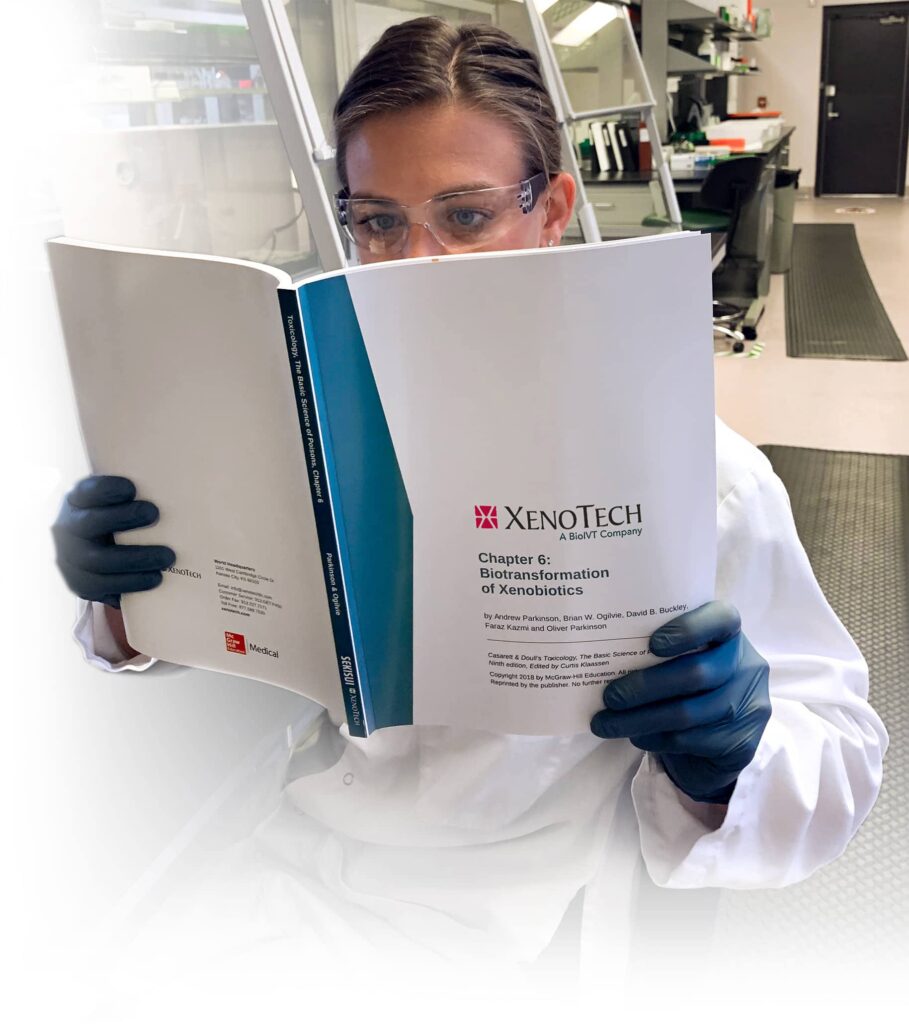
Pitfalls in the Design of Metabolism-Dependent CYP Inhibition (MDI) Experiments With a Dilution Step: Inhibitor Depletion by Metabolism and/or Microsomal Binding Leads to Underestimation of the Shifted IC50 Value
Full Title
Pitfalls in the Design of Metabolism-Dependent CYP Inhibition (MDI) Experiments With a Dilution Step: Inhibitor Depletion by Metabolism and/or Microsomal Binding Leads to Underestimation of the Shifted IC50 Value
Abstract
We previously demonstrated that, when a dilution step is used to assess MDI potential (i.e., IC50 shift experiments), IC50 values for direct-inhibition and MDI should be processed based on the final, post-dilution concentration and the initial, pre-dilution concentration, respectively (Paris et al., 2009). When processed appropriately, the “shifted IC50 values” (those determined following a 30-min preincubation of the drug candidate with NADPH-fortified human liver microsomes) were notably higher for several known MDIs in experiments conducted with a 10-fold dilution step than those determined by a non-dilution method, suggesting less MDI occurs at the higher concentration of HLM. More than a two-fold difference in shifted IC50 values was observed between the dilution and non-dilution methods for five of ten inhibitors commonly used positive controls in MDI experiments; namely ticlopidine (CYP2B6), tienillic acid (CYP2C9), paroxetine (CYP2D6), S-fluoxetine (CYP2C19) and azamulin (CYP3A4). Experiments were performed to determine whether these discrepancies in shifted IC50 values between are attributable to 1) decreased free inhibitor concentration (fuinc) and/or 2) extensive metabolism of the inhibitor. In the case of S-fluoxetine, microsomal binding, not extensive metabolism, leads to the discrepancy…